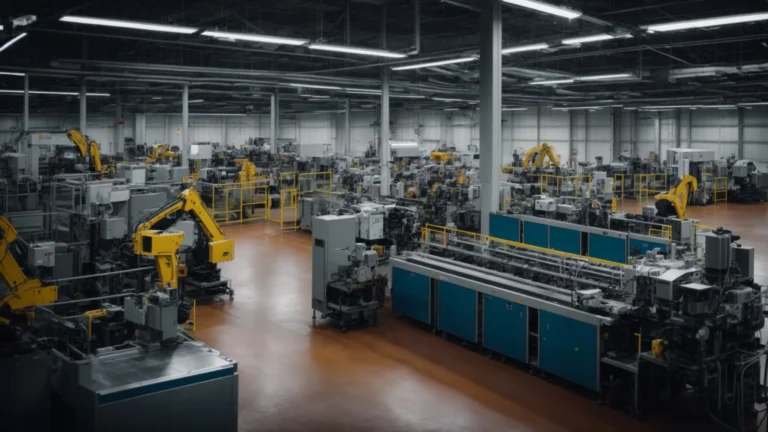You use insurance products to protect your health and the assets you care about. Even if liability coverage wasn’t required by state law, would you want to risk driving without it? What about going without health insurance, especially during a worldwide medical emergency? Well, what asset could be more important than your life? Okay, so life insurance won’t actually save you from catastrophic events, but it does protect your beneficiaries in case something should happen to you. If you were killed in an accident, suffered a wrongful death on the job, or anything similar, wouldn’t you want your spouse and other family members to be taken care of financially? That’s exactly what a life insurance policy is for, and it’s one of the best investments you can ever make.
In fact, the sooner you get a life insurance policy, the better. You’ll generally get better rates and coverage options while you’re still young and in good health, not to mention you’ll probably have no trouble with the medical exam that most insurance companies require as part of the underwriting process to determine their level of risk. Once you have life insurance, you’ll have peace of mind knowing that your beneficiaries will be covered by the full death benefit of the policy should the worst come to pass. Before you start hunting for free life insurance quotes, however, it’s a good idea to learn more about the types of policies available.
Term Life Insurance
As the name suggests, a term life insurance policy will cover you up to an agreed-upon amount of time before you’ll either need to renew the policy or convert it into a permanent policy before it lapses. Term life tends to offer the best rates for monthly premiums, so a term policy can be a great choice if you can’t afford a higher coverage amount or simply don’t need a permanent policy yet.
It’s important to note that term life only provides a death benefit—there are no other advantages to this type of plan. Still, term policies can fill life insurance needs for those who are only looking to cover a specific period of their life. For example, if you only need coverage until you can pay for college tuition, then a 20- or 30-year term plan may be perfect for you.
Whole Life Insurance
Whole life is one of the most common forms of permanent life insurance policies. In addition to the death benefit, this type of coverage provides a savings component that can accrue cash value over time. You can speed the process up by paying your monthly premiums ahead of time.
When needed, you’ll be able to borrow against, or even make withdrawals from your cash value. It’s important to note that any money you borrow against your cash value needs to be repaid with interest, so it works like a traditional loan. It’s also recommended that you be careful about making withdrawals, since too large of one can eat into your death benefit, and the last thing you need to do is risk failing your family’s needs.
Variable Life Insurance
A variable plan seeks to combine the benefits of a term plan and a permanent plan. Variable life insurance tends to come at lower premiums, like term life insurance, but it also includes an investing component. These insurance policies can also accrue cash value, and the value can be invested in subaccounts that act like mutual funds. These investments can be a good way to bolster your annual income, but keep in mind that rapid market changes also make this the riskiest form of life insurance.
No matter what life insurance company or type of coverage you decide to go with, life insurance coverage is the best way to protect your family against uncertain life events.



